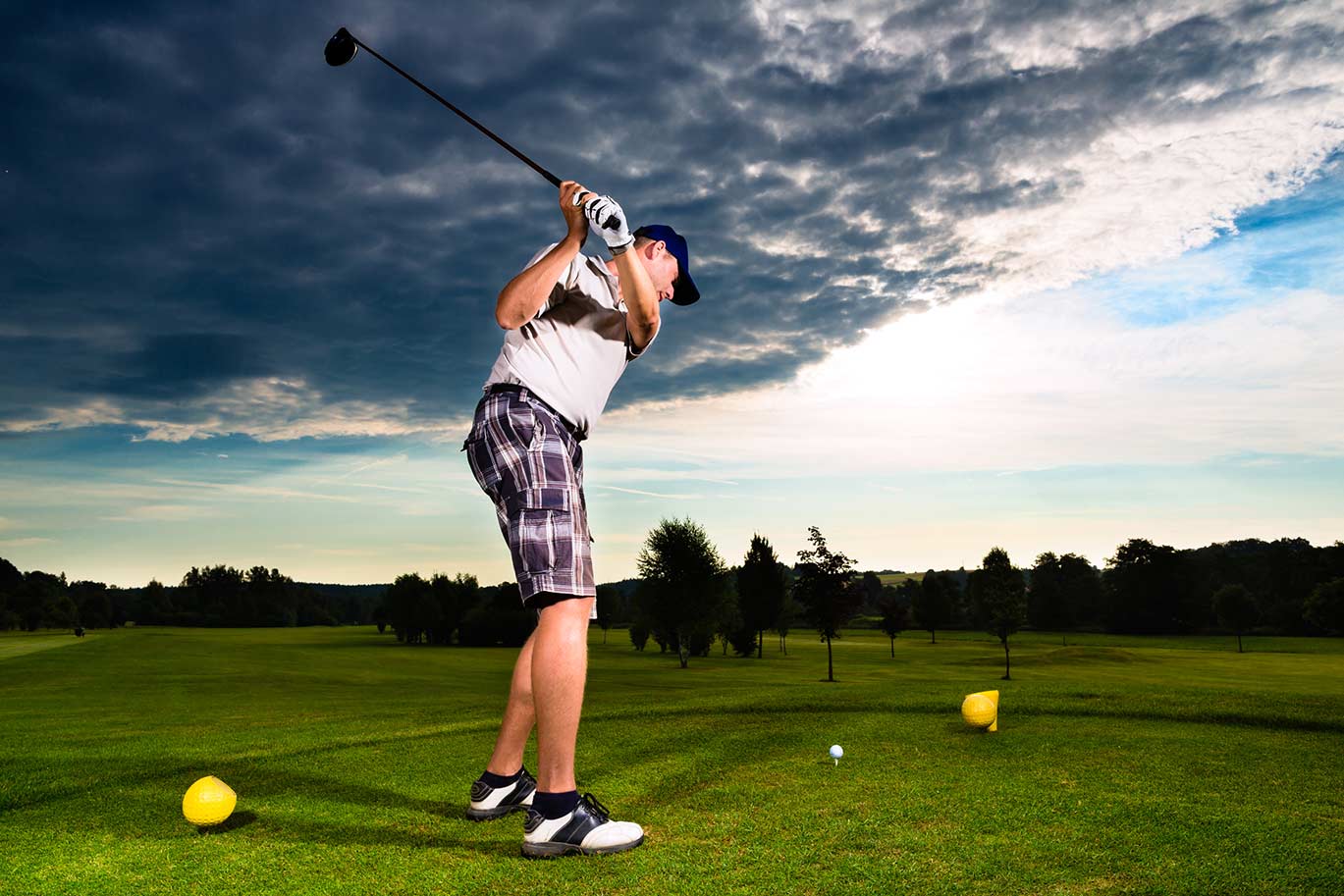








This non-invasive procedure is offered for acute and chronic conditions, including: neck pain, back pain, joint pain, muscle spasm, shortened muscles, fibrous adhesions and long term pain syndromes. It is generally considered safe and is utilized to treat pain arising from the cervical, thoracic and lumbar spine as well as the sacroiliac and pelvic regions. Generally, patients selected for an MUA have received conservative care for a period of time with limited or no improvement. Manipulation under anesthesia uses a combination of specific short lever manipulations, passive stretches and specific articular and postural kinesthetic maneuvers in order to break up fibrous adhesions and scar tissue around the spine and surrounding tissue. The manipulation procedures can be done under general anesthesia, during mild sedation. This allows the procedure to be performed under complete muscle relaxation by shutting down the muscle spasm cycle and sedating pain-perceiving nerves. The team includes an anesthesiologist, a prime physician/surgeon/chiropractor who performs the manipulation, and the first assistant, also a physician/chiropractor certified in manipulation under anesthesia. The procedure is commonly performed in a hospital or surgical center.
The proposed effects of manipulation under anesthesia therapy include breaking scar tissue both in and around spinal joint (caused by injury or surgery) to increase range of motion, decreases in chronic muscle spasms, overcoming sensitivity in injured areas, stretching persistent shortened muscles, ligaments, and tendons, and relieving pain and radiating symptoms from damaged intervertebral discs.